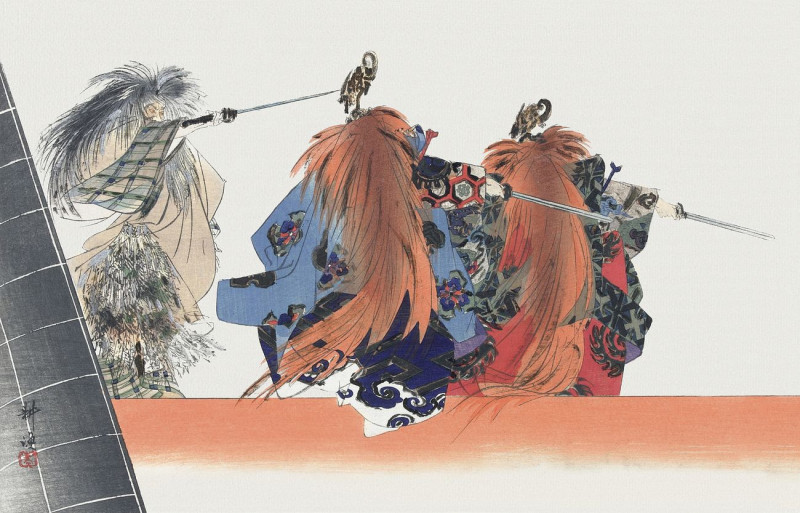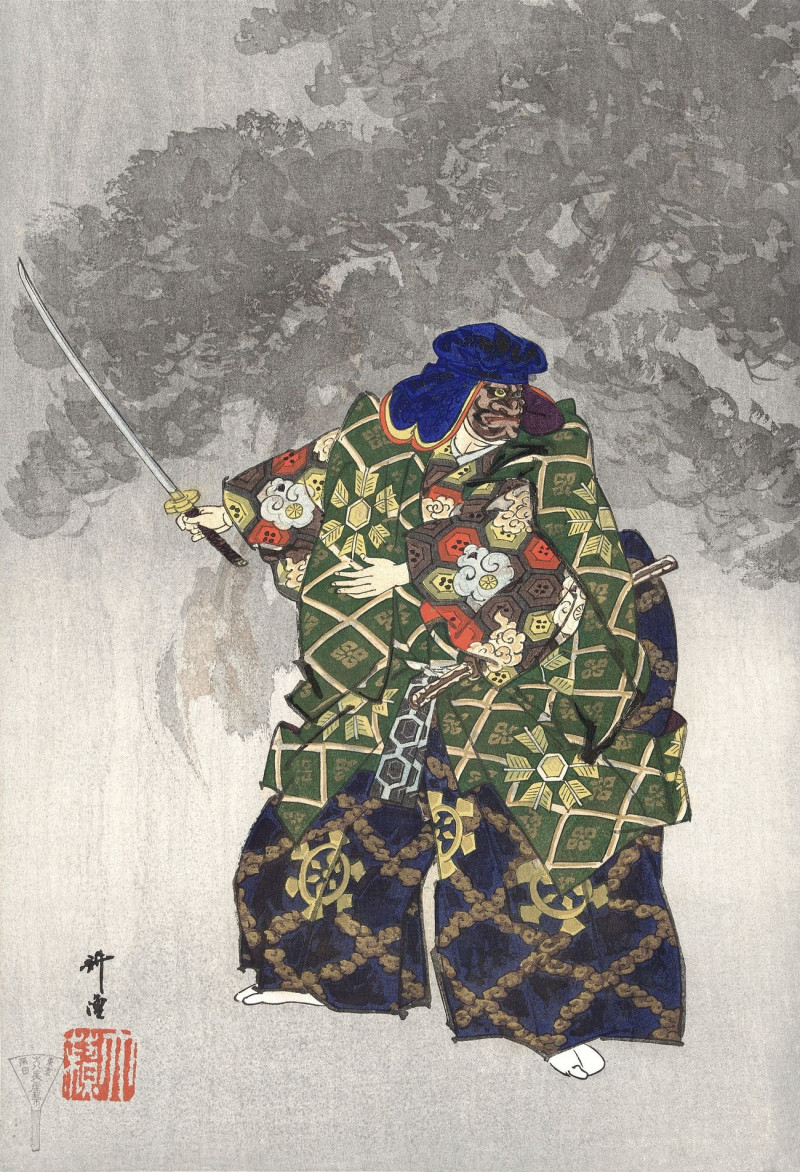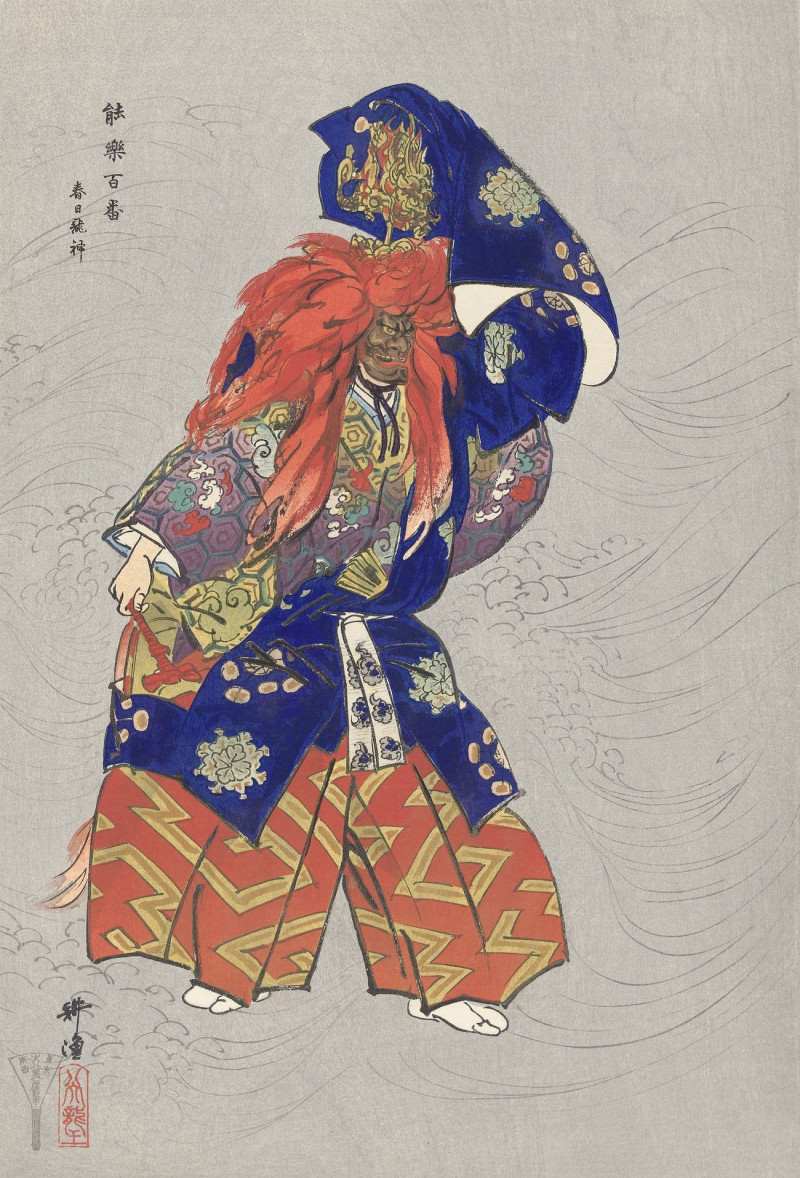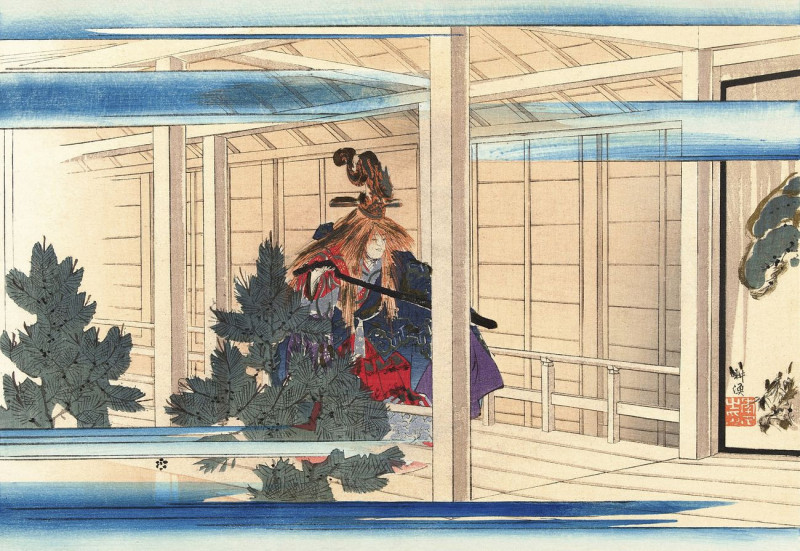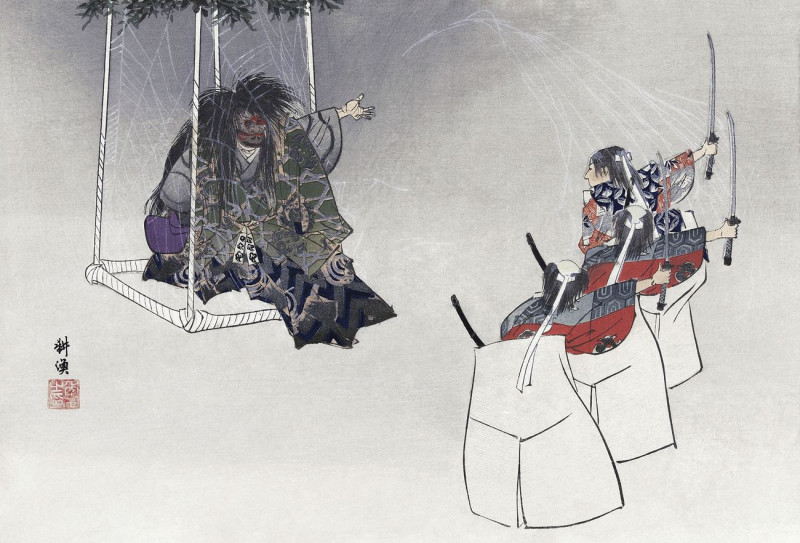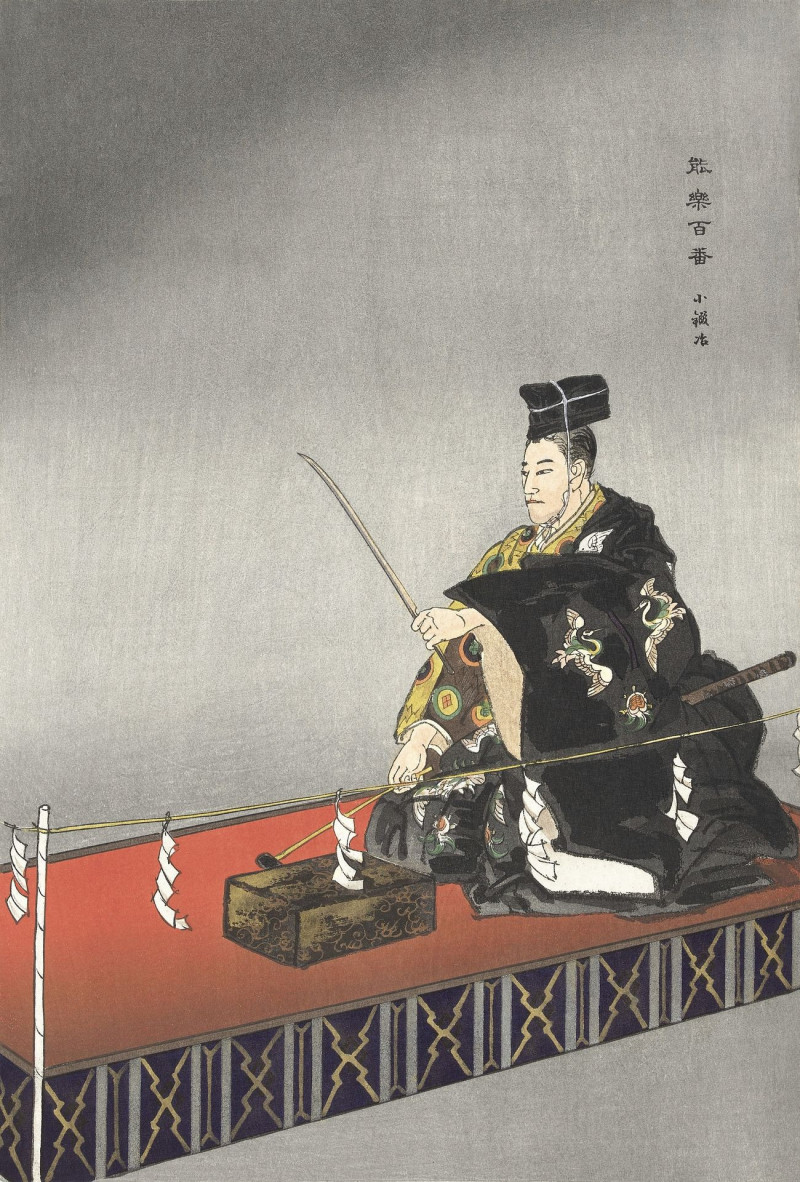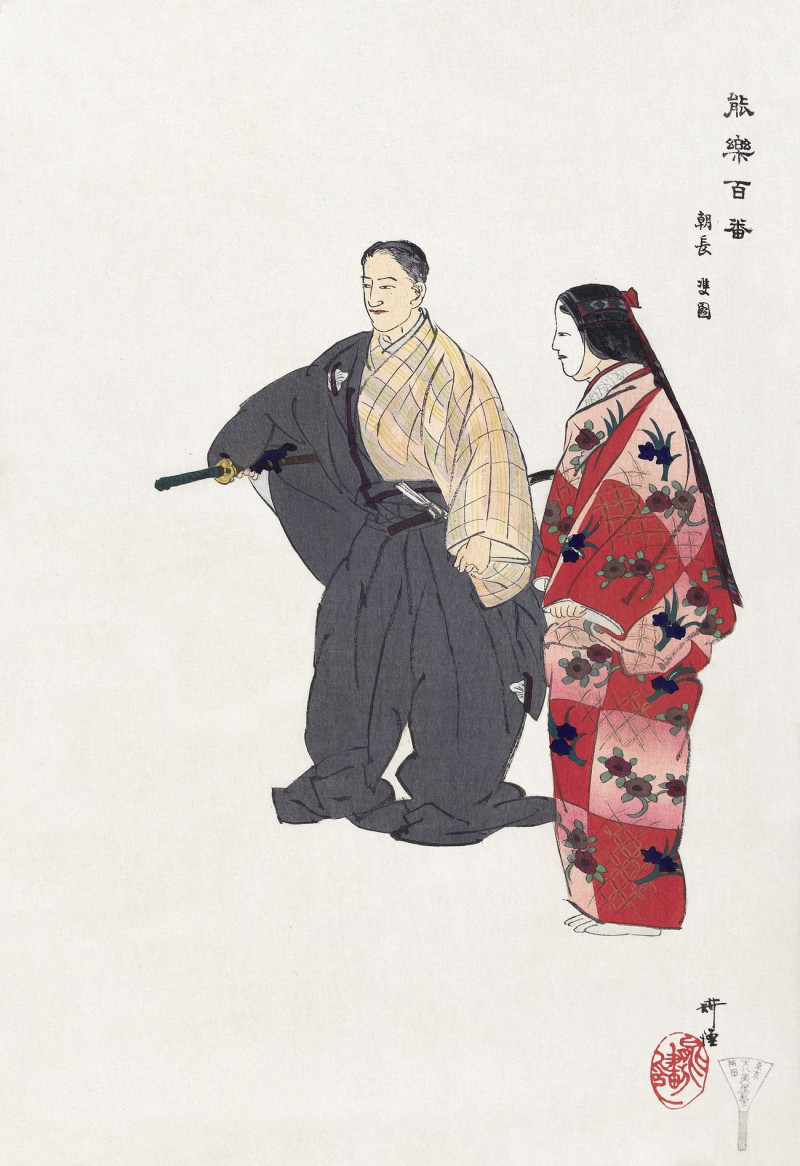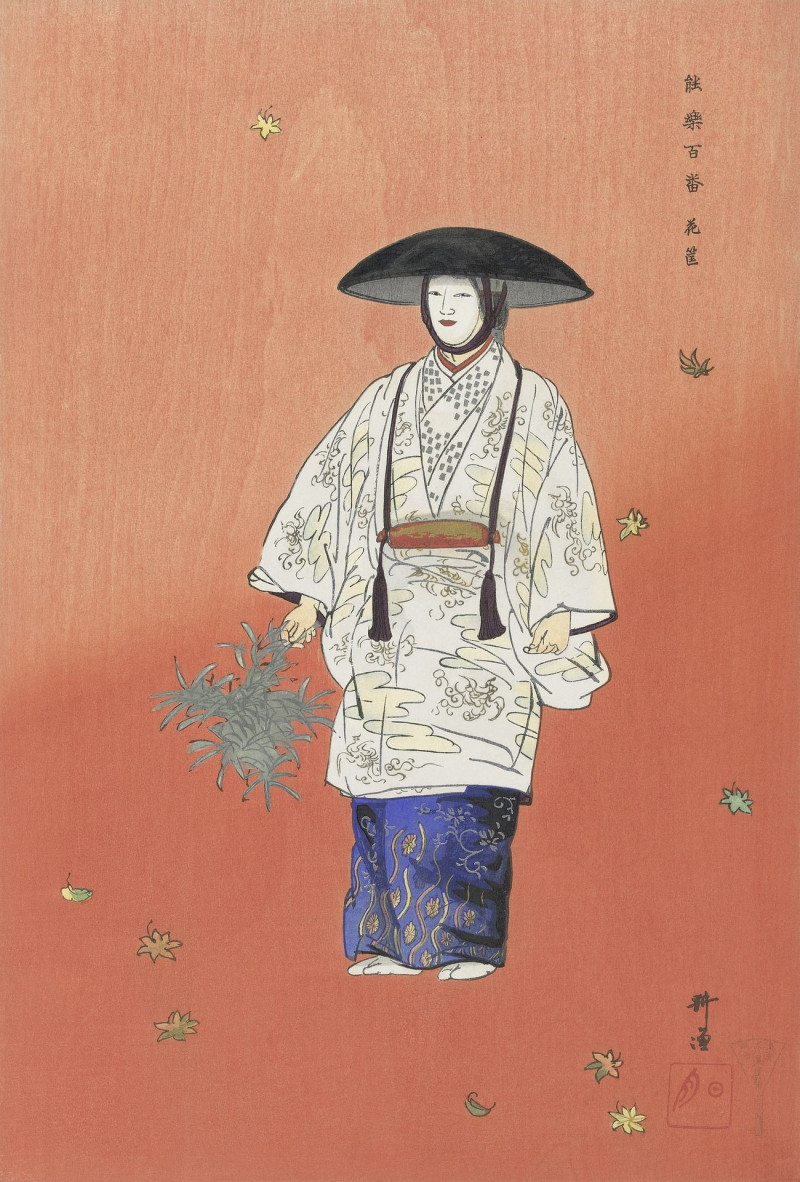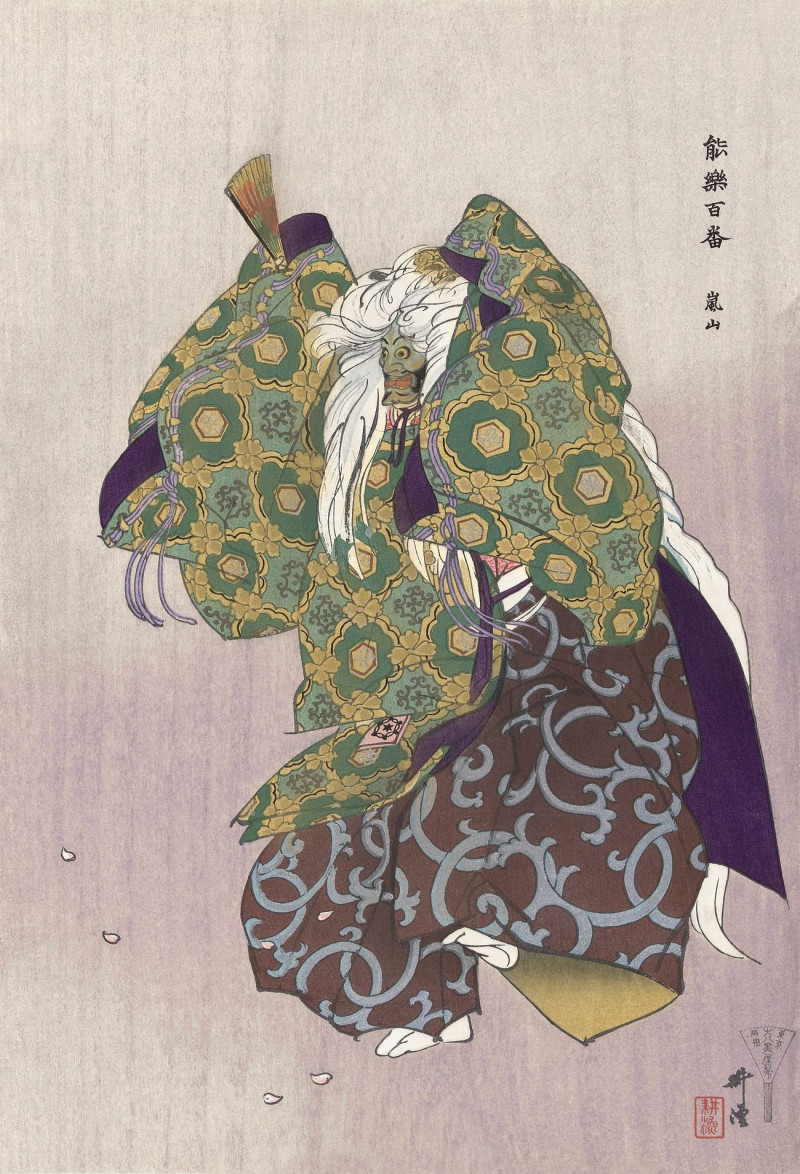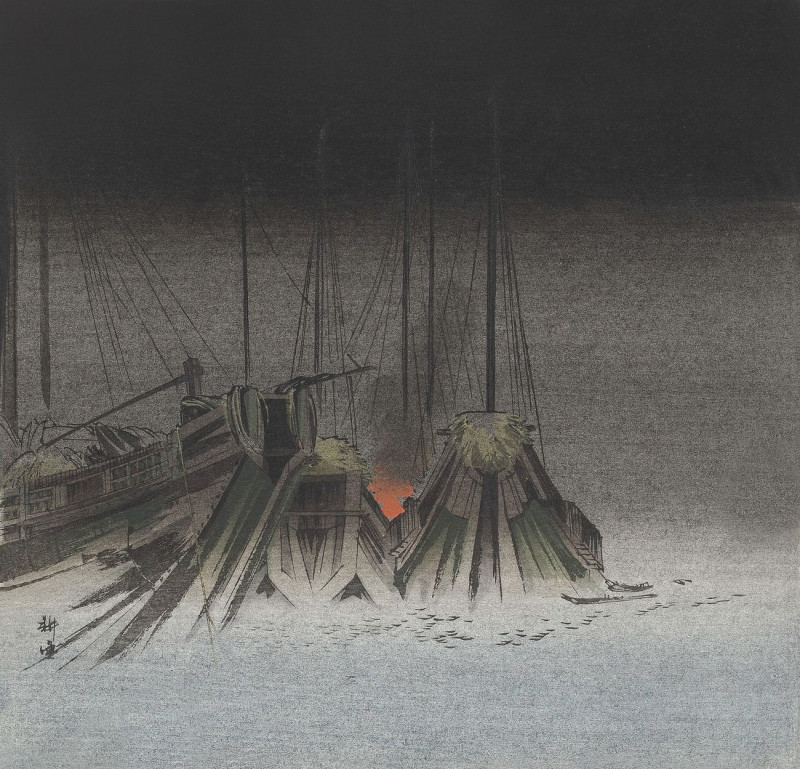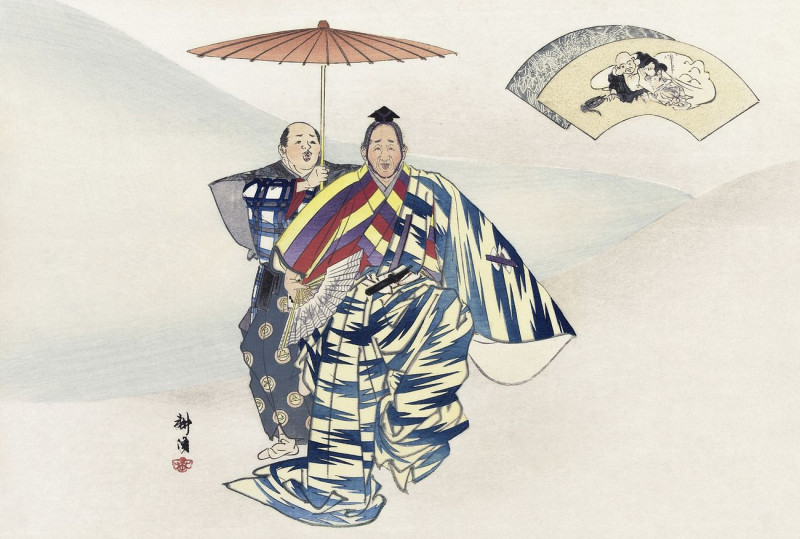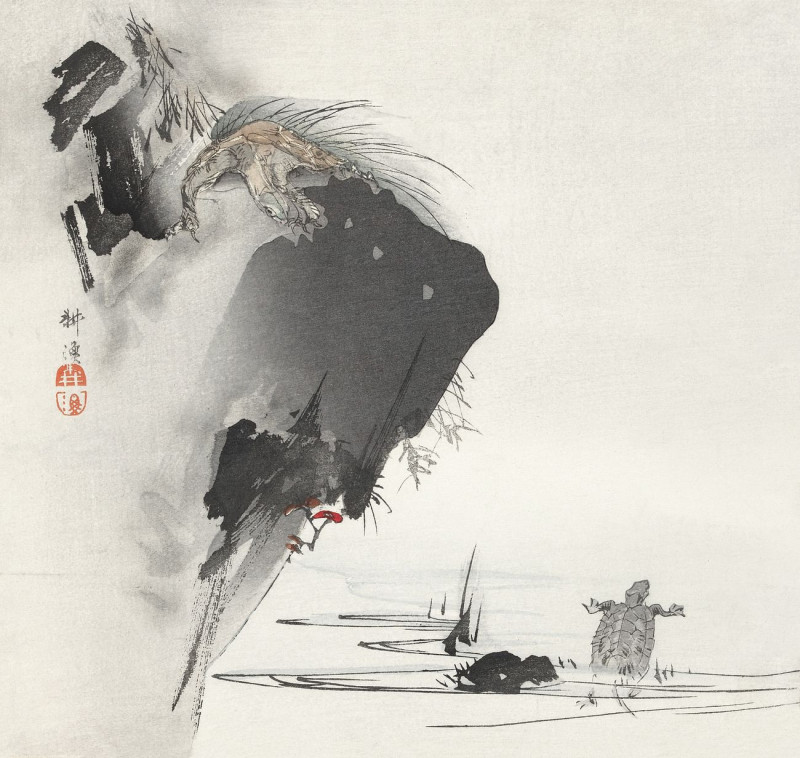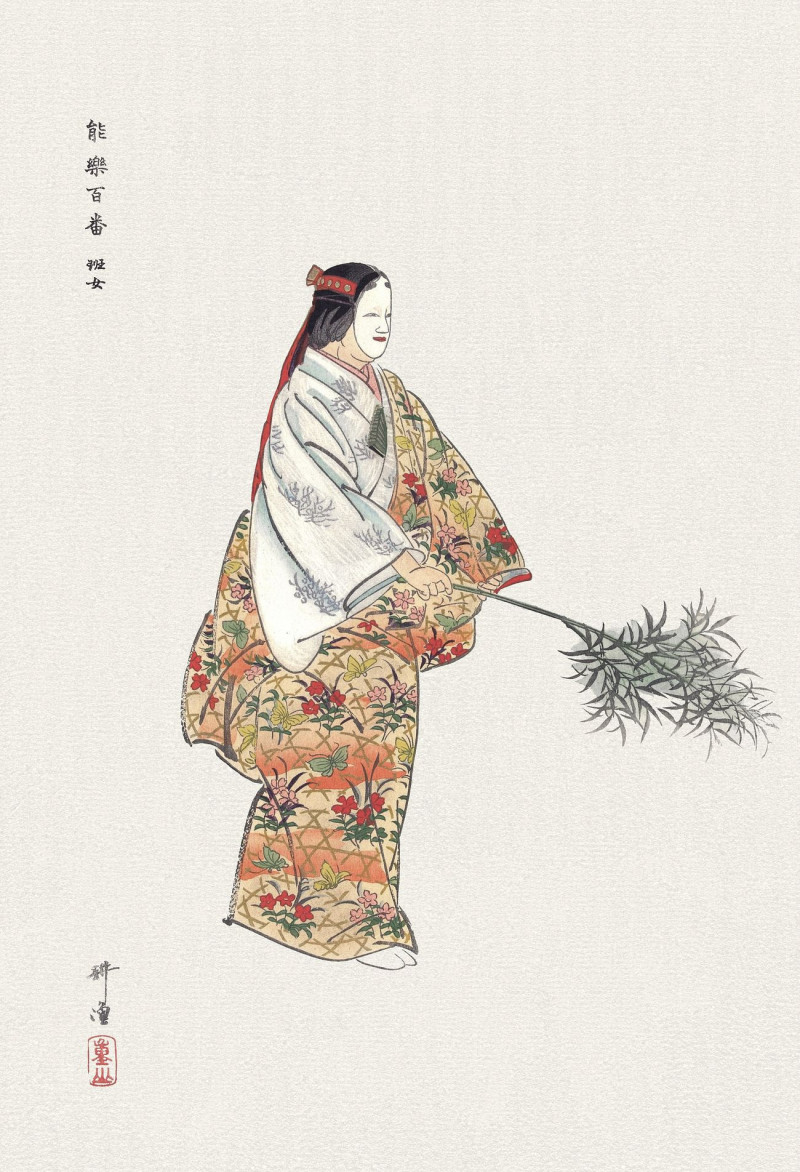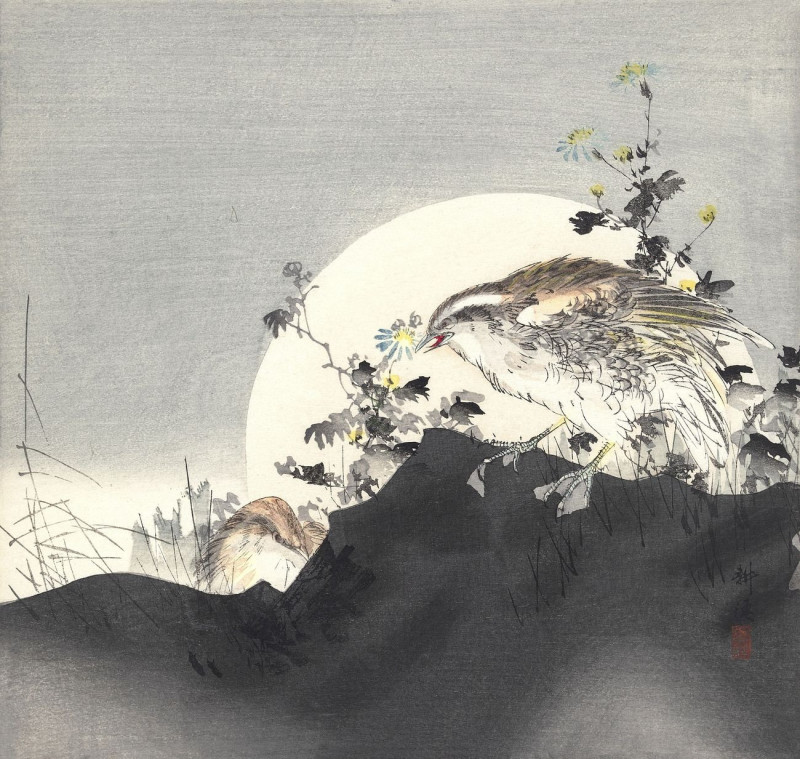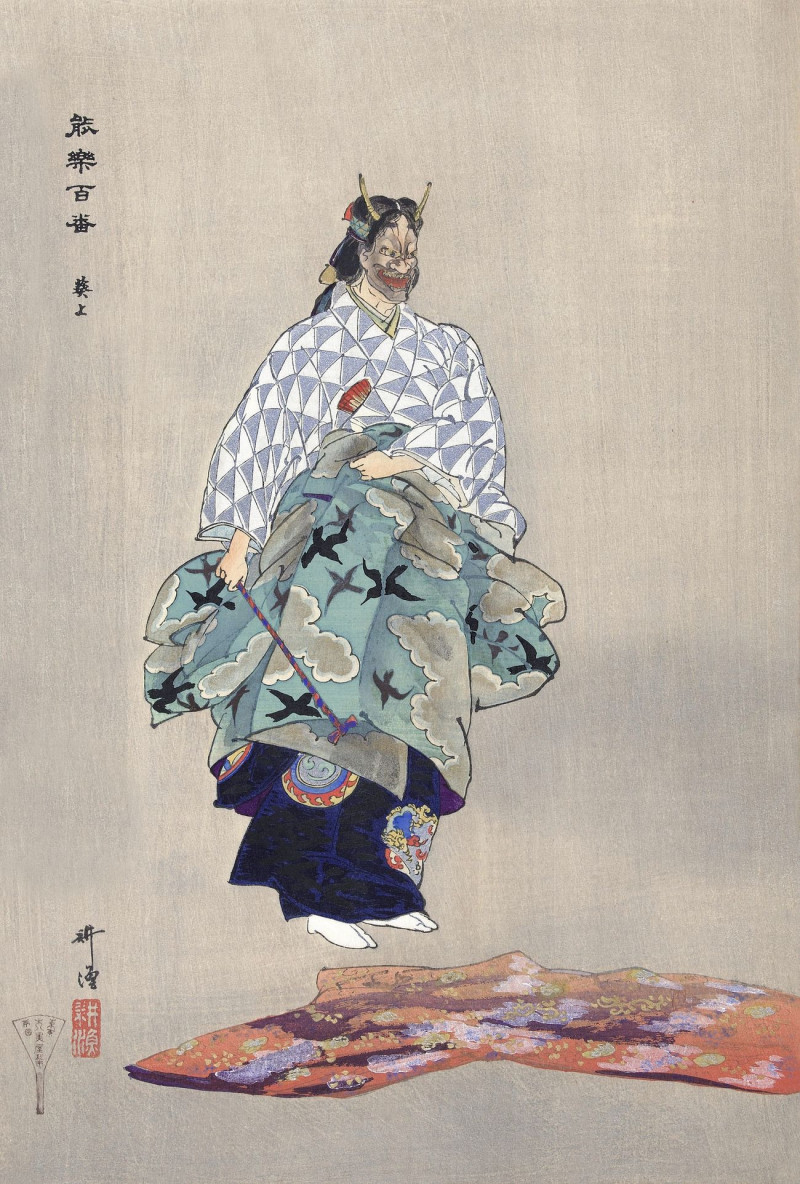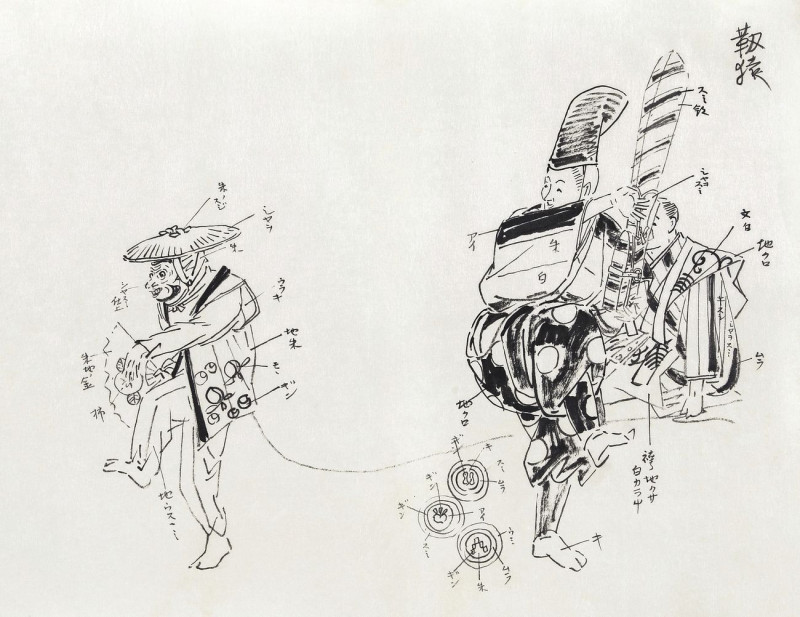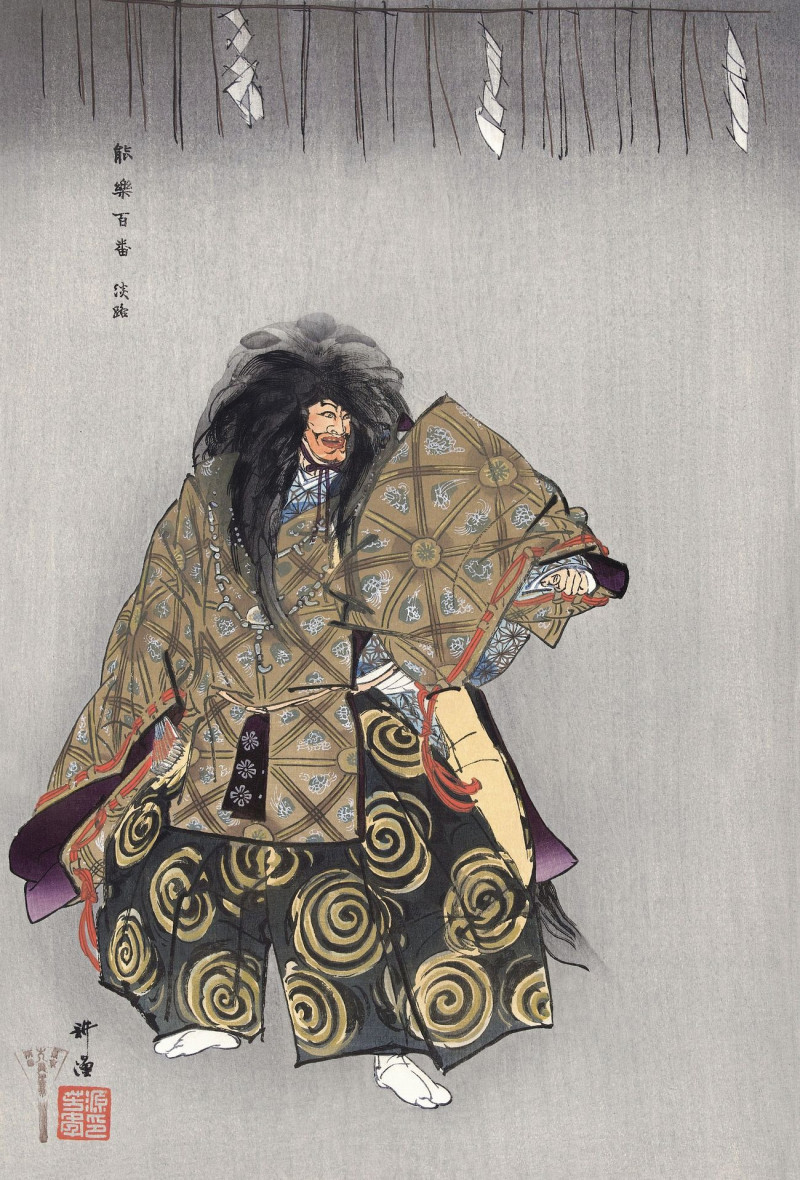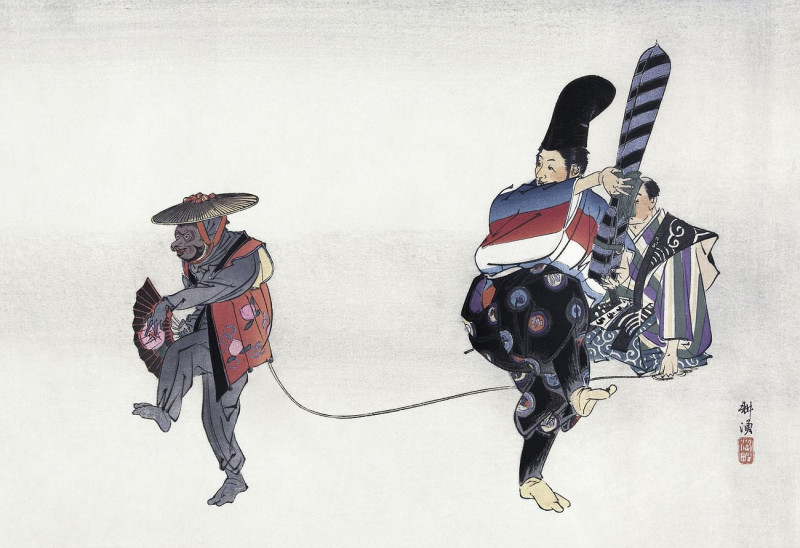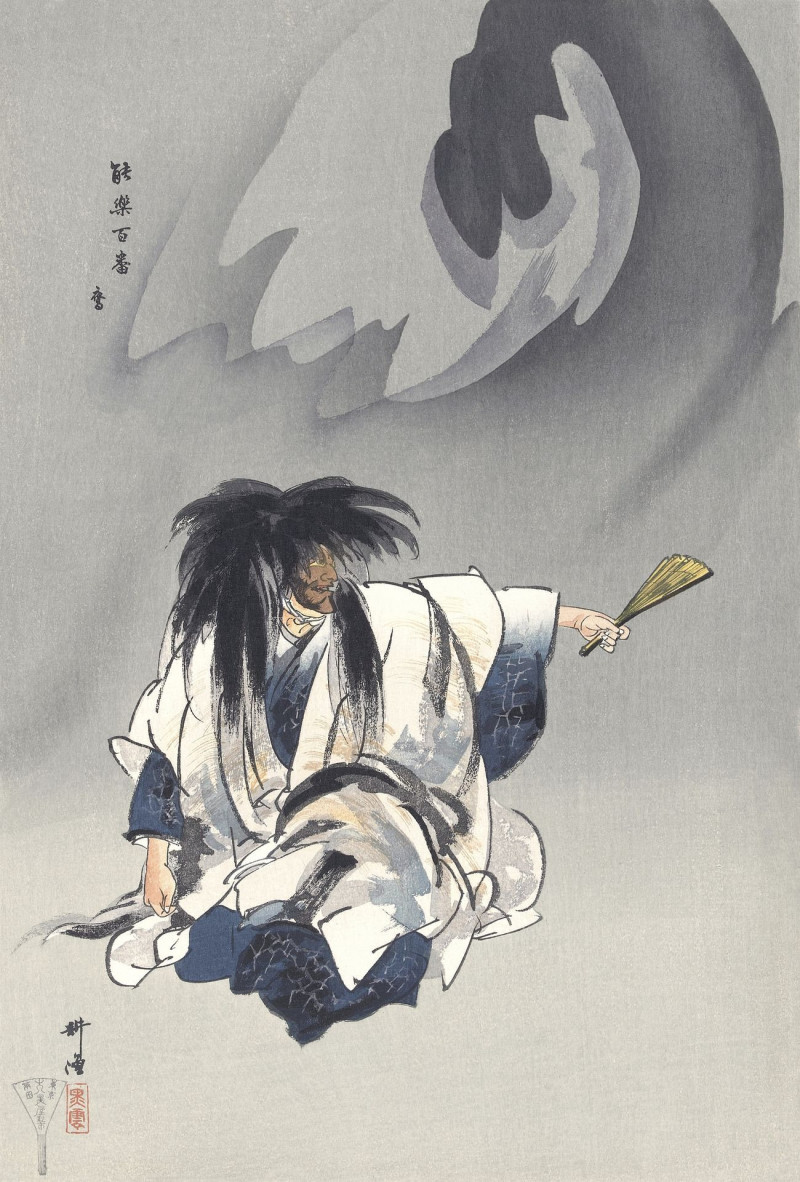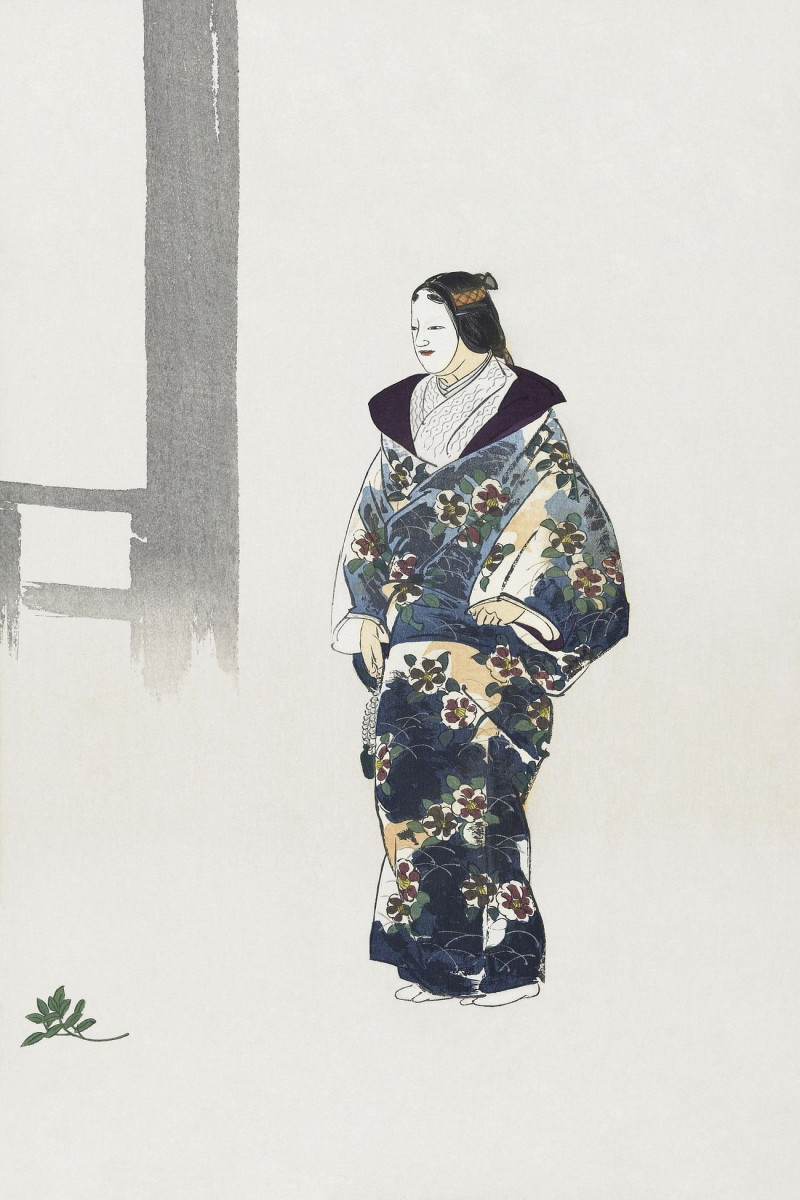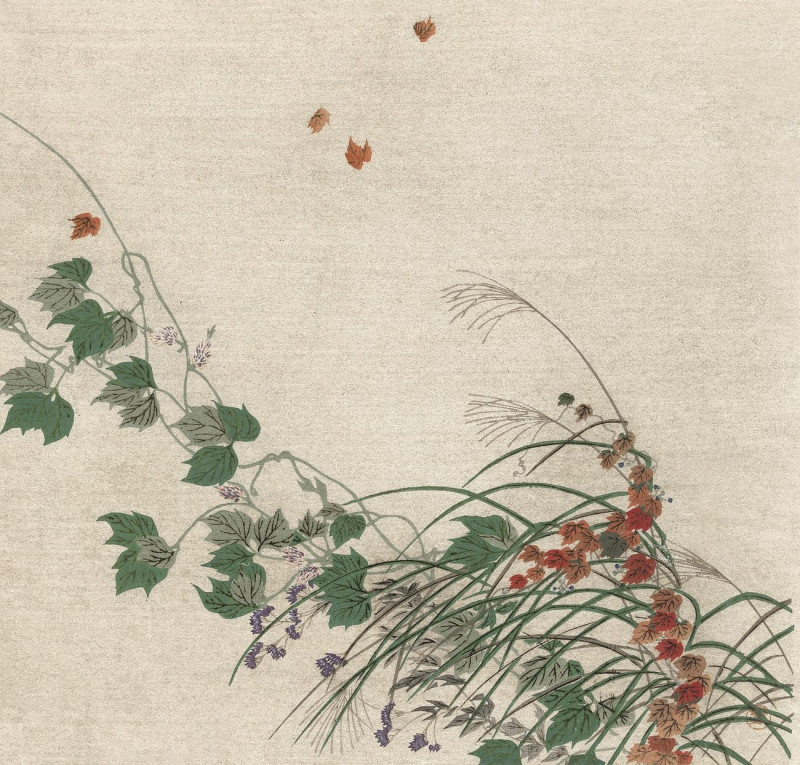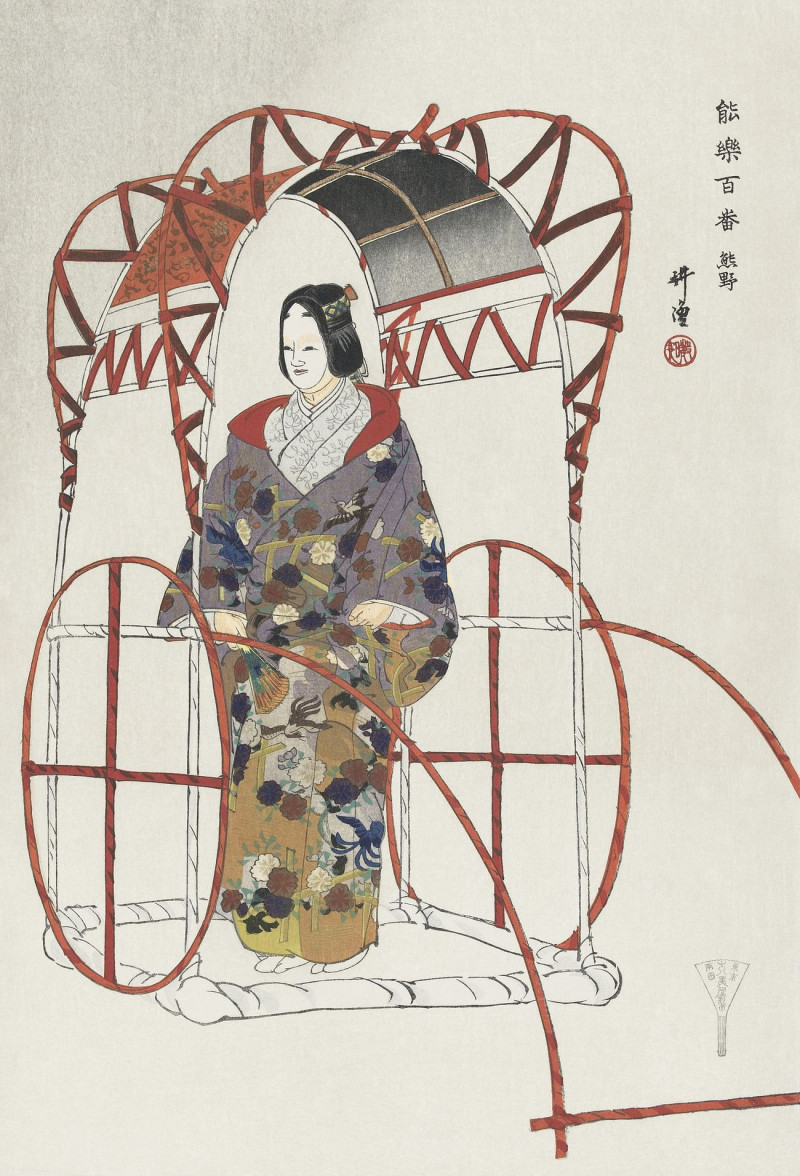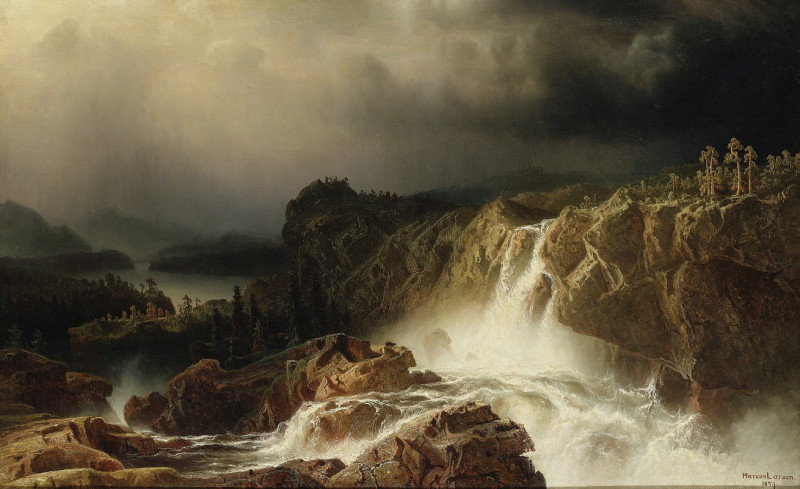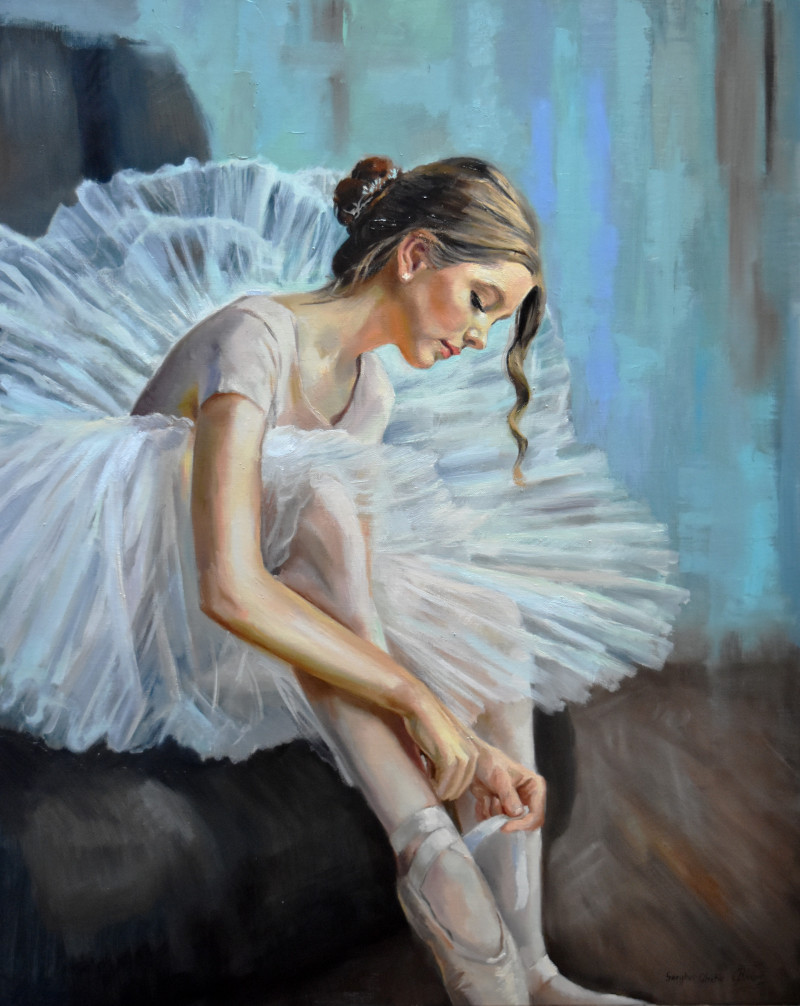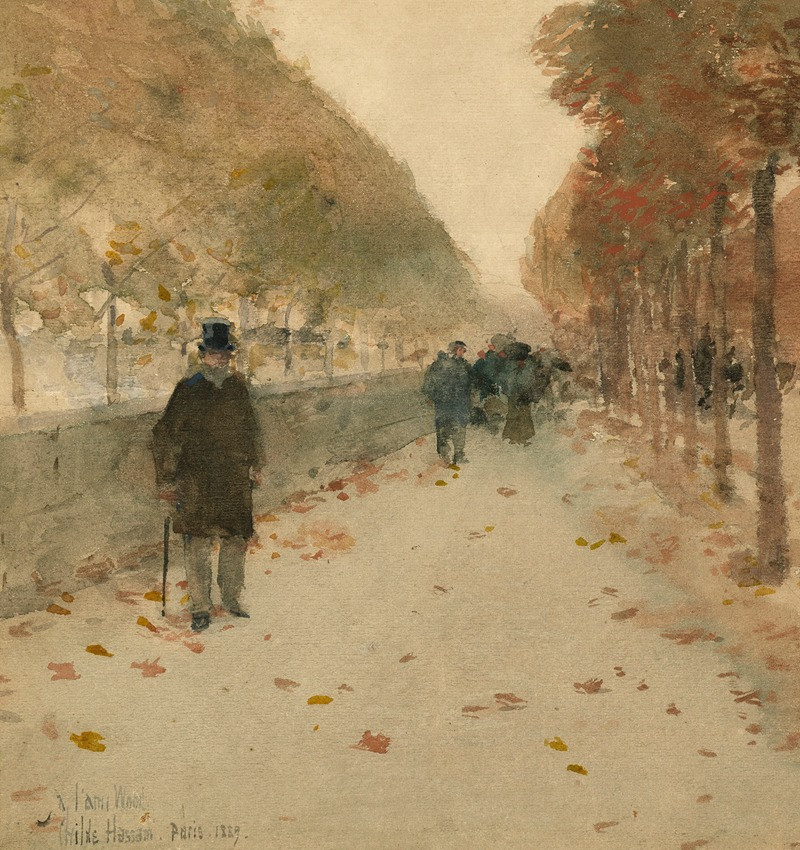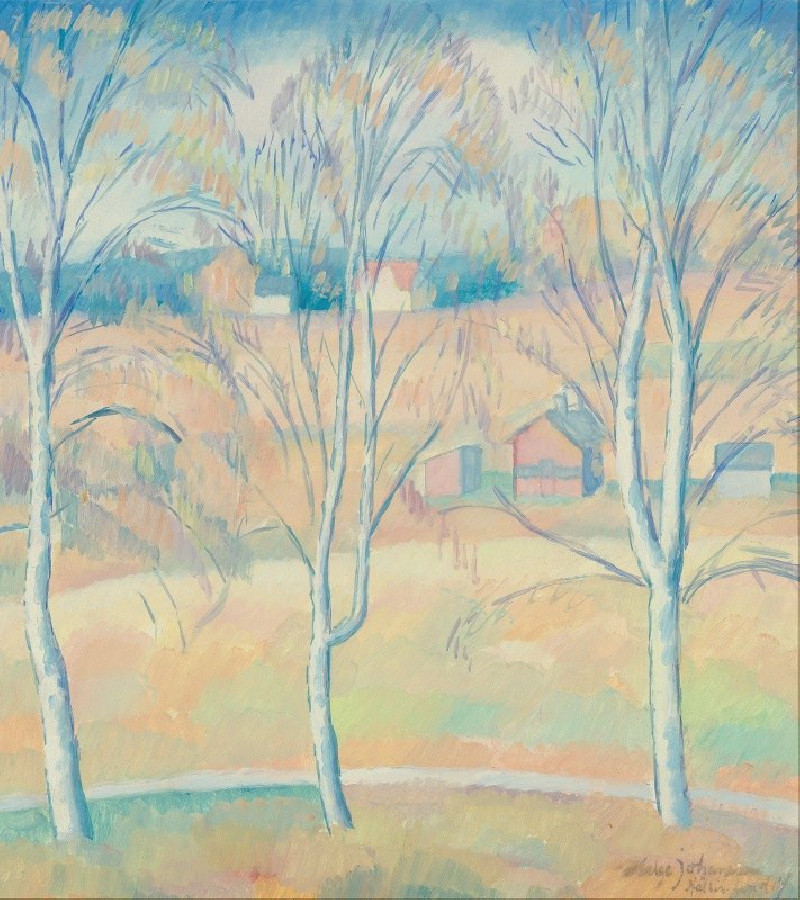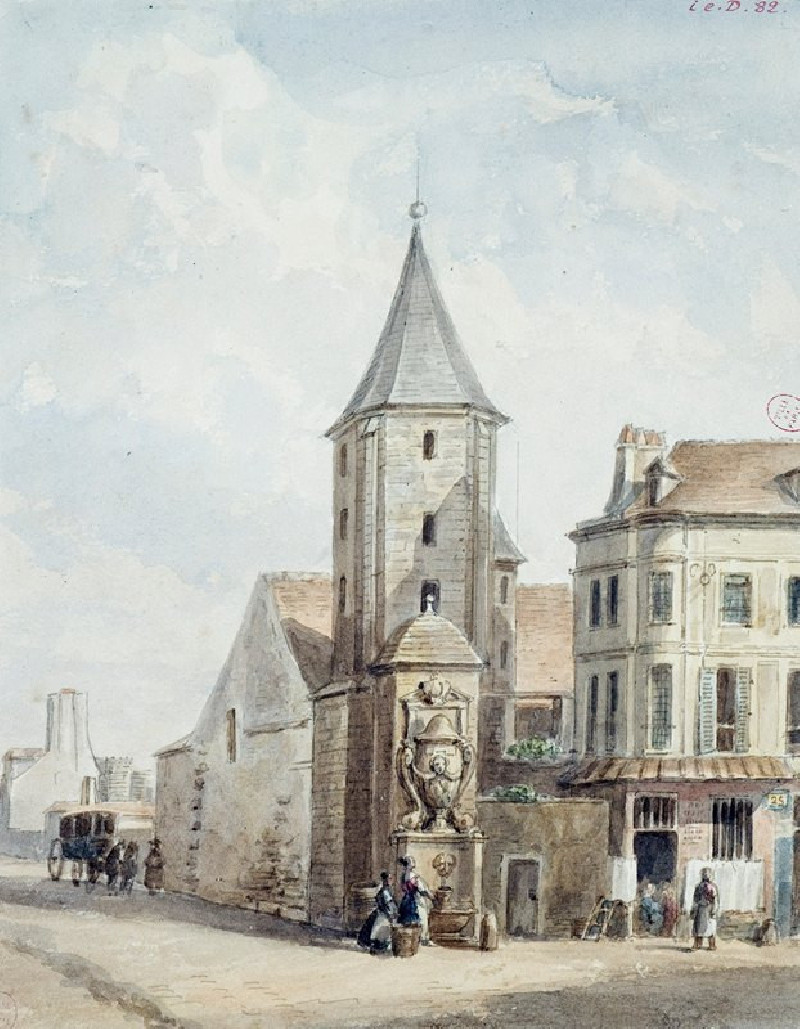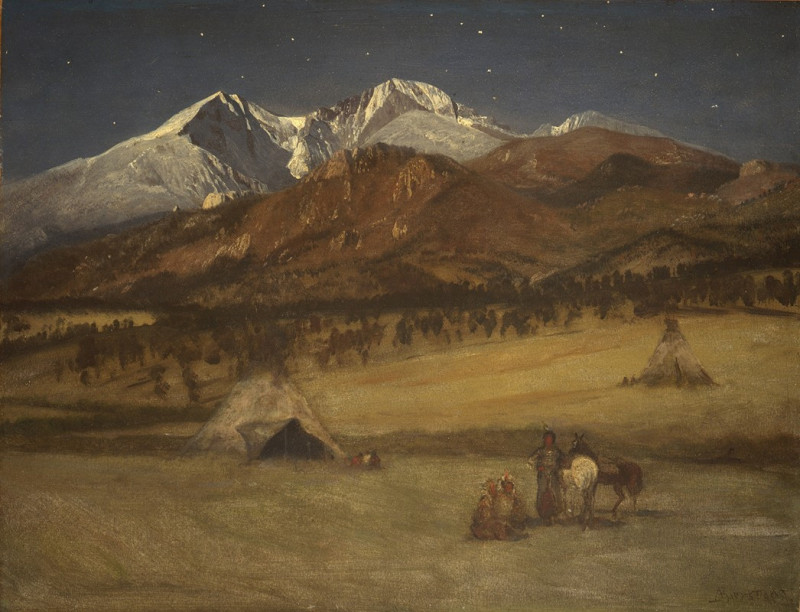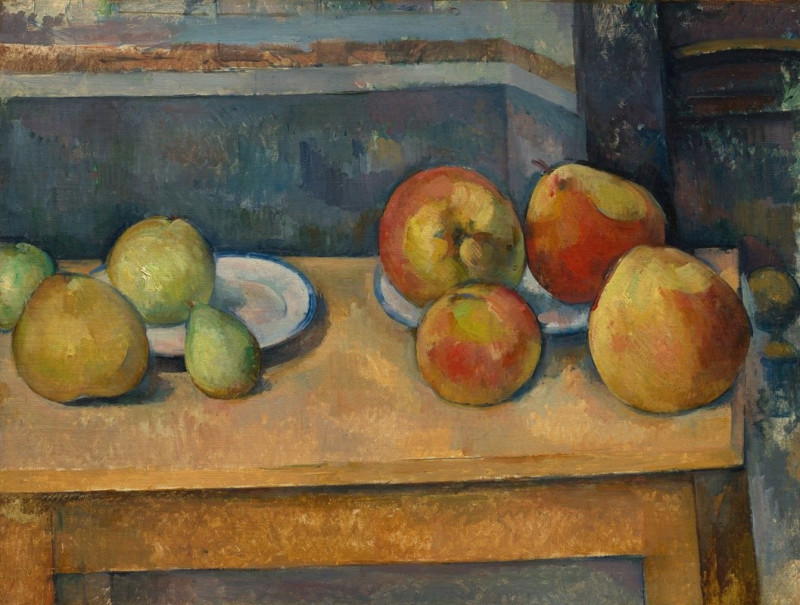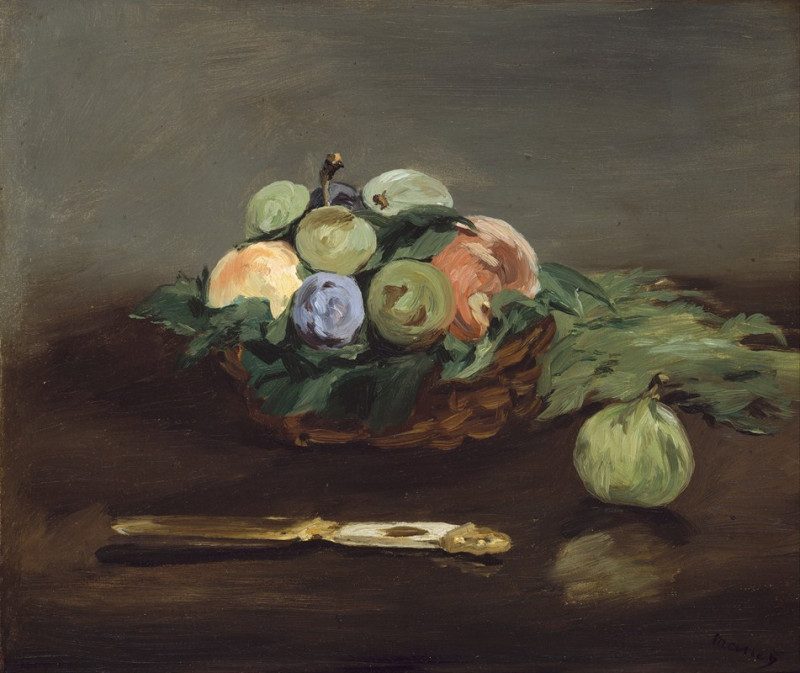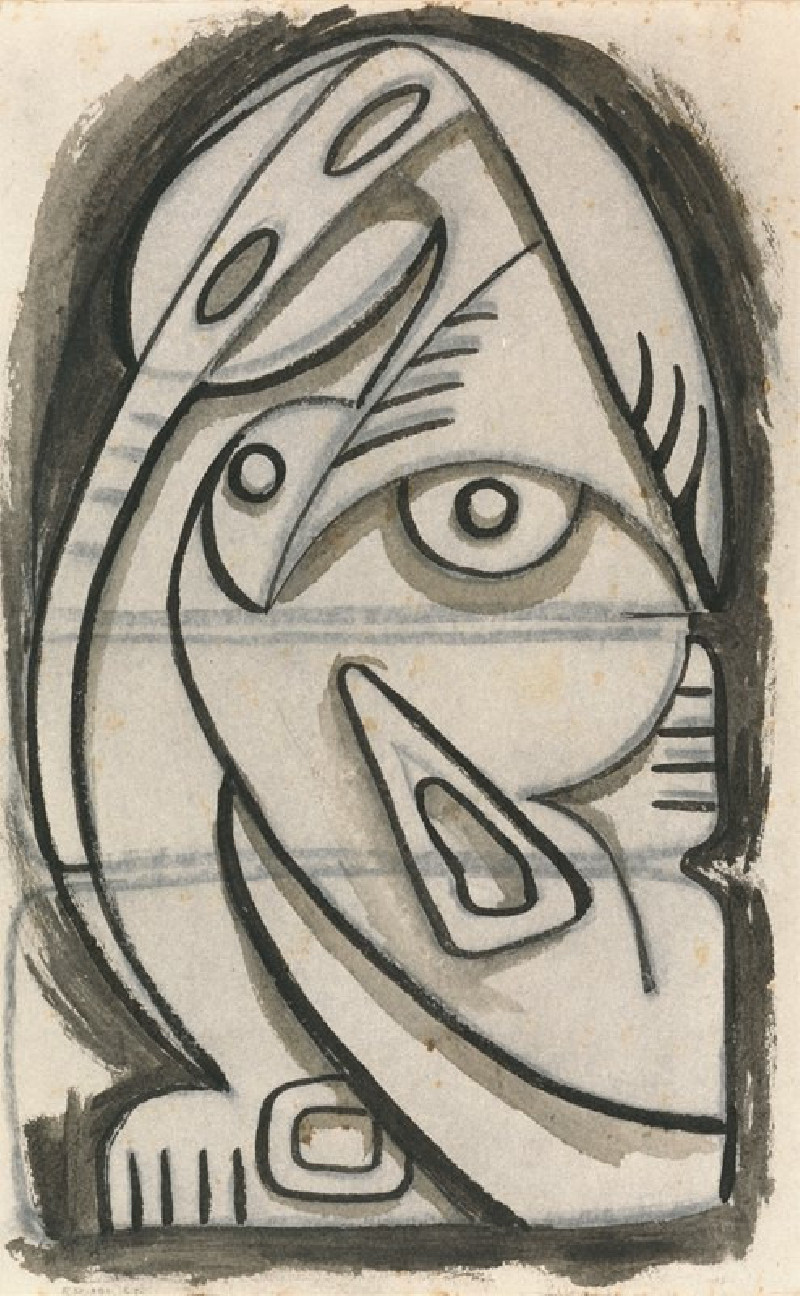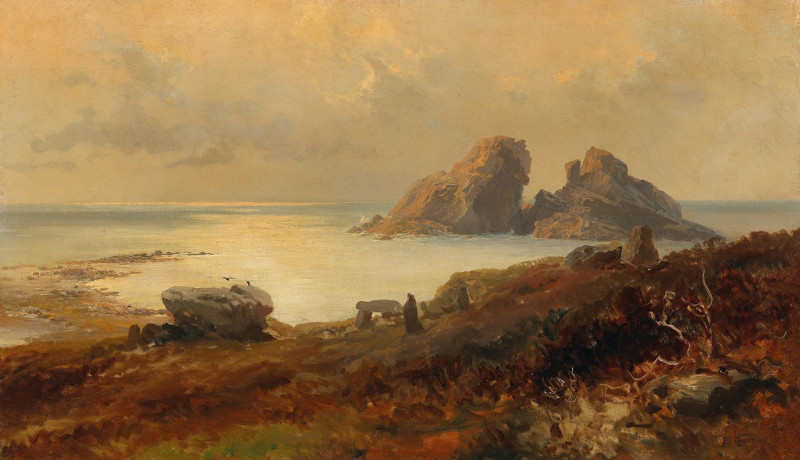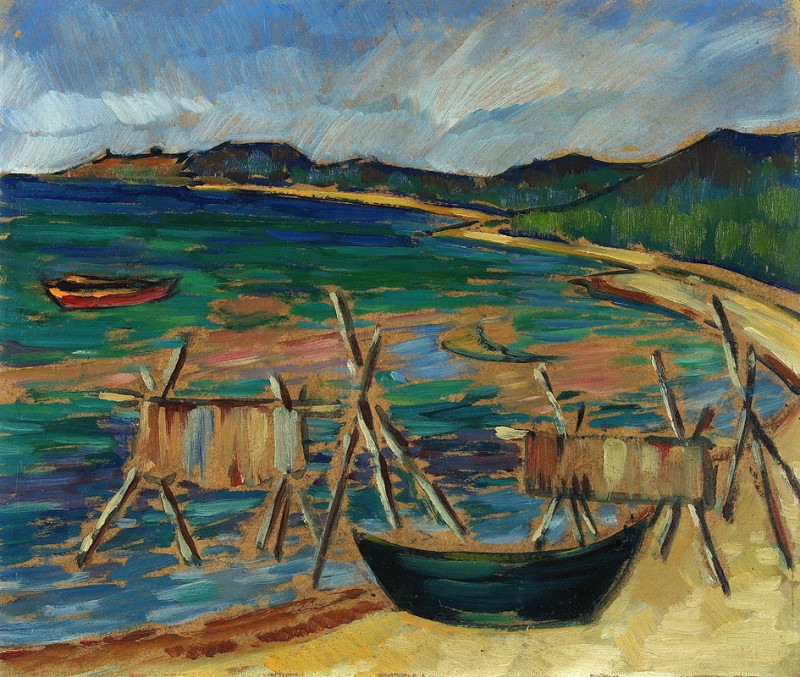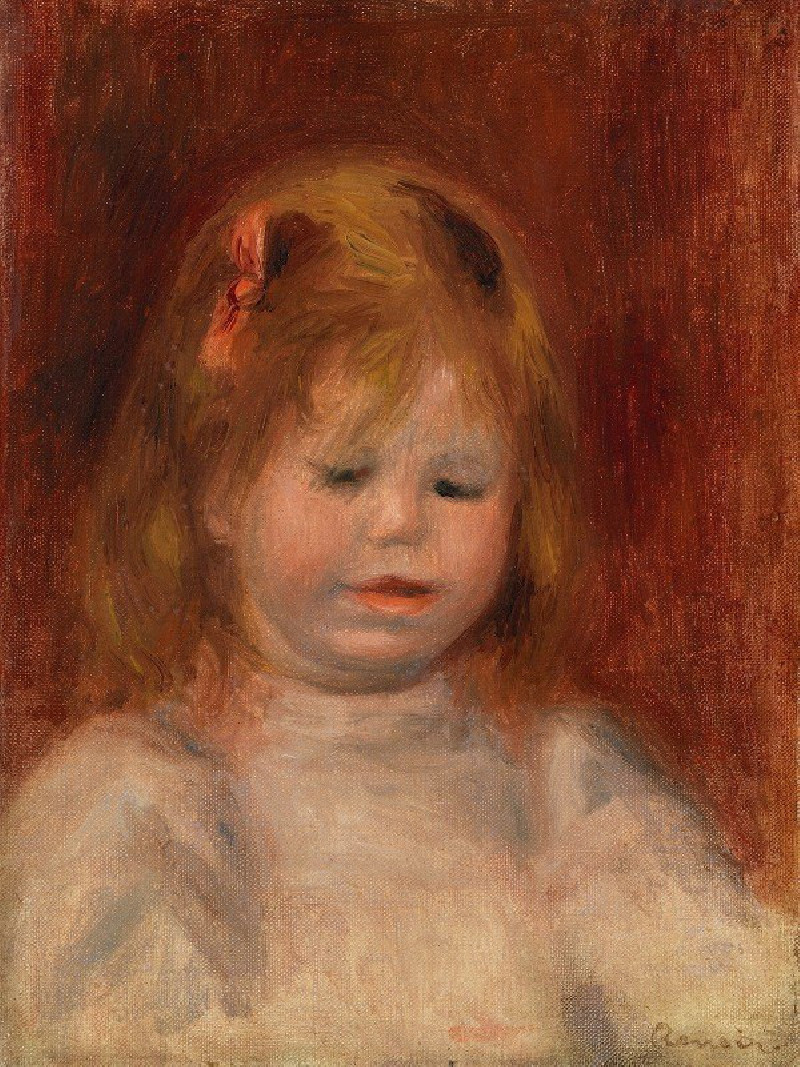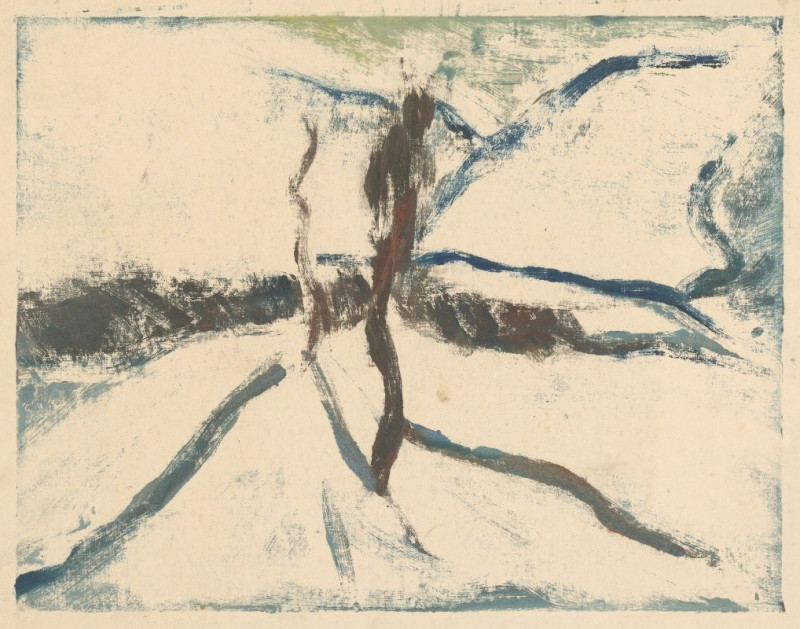An Image Report Of The Russo-Japanese War, Number One
Technique: Giclée quality print
Recommended by our customers
More about this artwork
This painting, titled "An Image Report of the Russo-Japanese War, Number One," by Kogyo Tsukioka, is a vivid depiction of a naval battle scene from the Russo-Japanese War, which took place from 1904 to 1905. The artwork, which conveys motion and drama, uses traditional Japanese woodblock printing techniques.In the painting, two warships are depicted in a turbulent sea, engaged in intense combat. The ship on the left, engulfed in dark smoke and flames, seems to be heavily damaged, tilting as if it is about to capsize. The smoke fills the sky, contrasting sharply with the underlying red disc which resembles the Japanese flag's sun motif, possibly symbolizing the Japanese forces.The ship on the right appears in a more stable state, advancing through the water with white steam billowing from its funnels, indicating its ongoing operation and movement. Flags, likely representing Japan given the red and white coloration, flutter prominently atop this ship.The composition of the artwork is dynamic, with the rough, white-capped waves enhancing the scene's chaotic and violent atmosphere.
Delivery
Returns
Kogyo Tsukioka (1869-1927) was a Japanese painter, woodblock print artist, and the adopted son of famous ukiyo-e artist Tsukioka Yoshitoshi. His work focused on traditional Noh theater, a classical Japanese dance-drama, documenting performances through over 550 woodblock prints decorated with gold and silver. He also painted scenes of nature and from the Sino-Japanese war.


